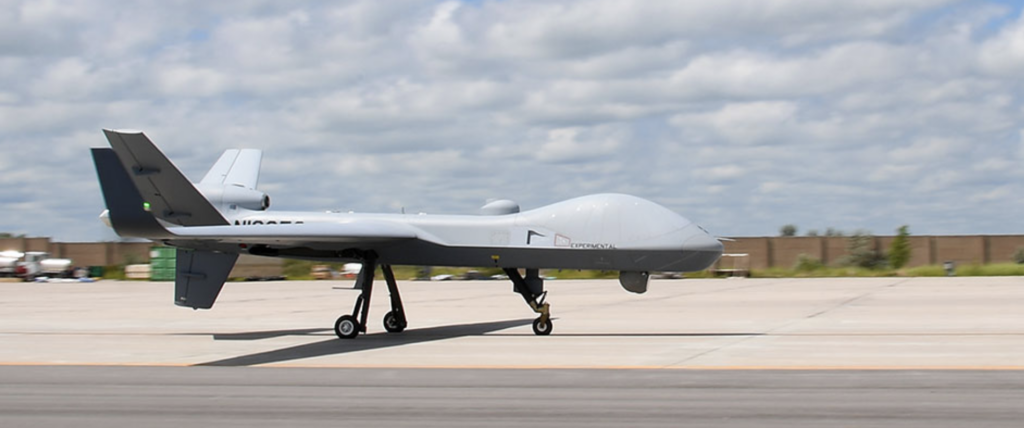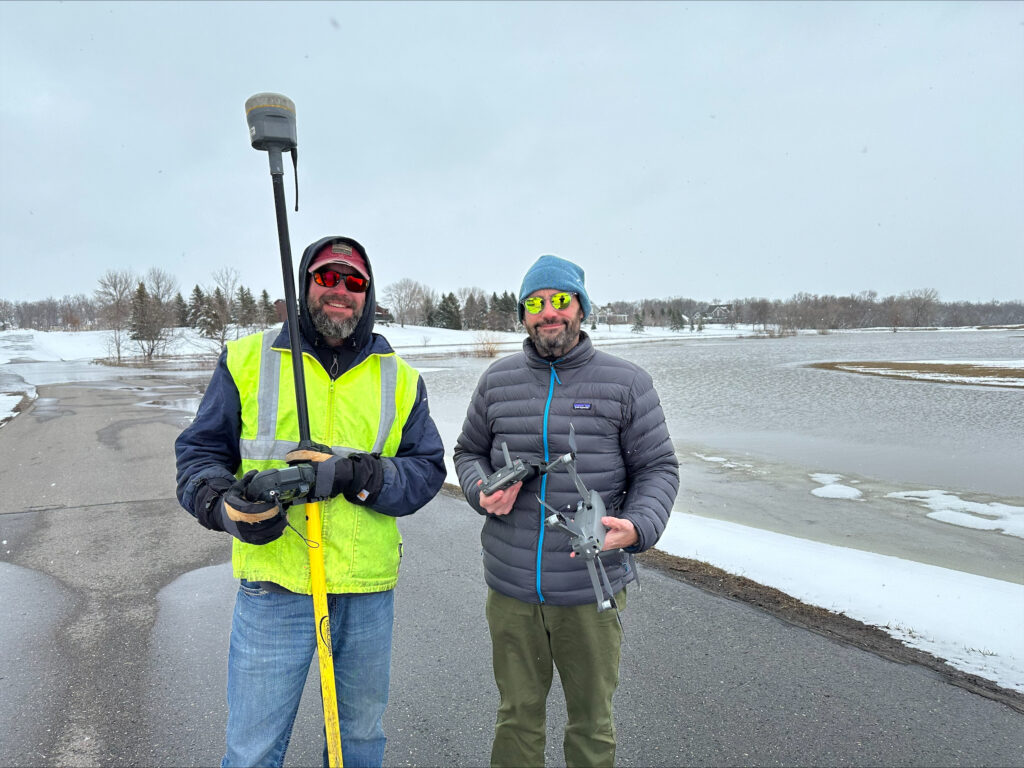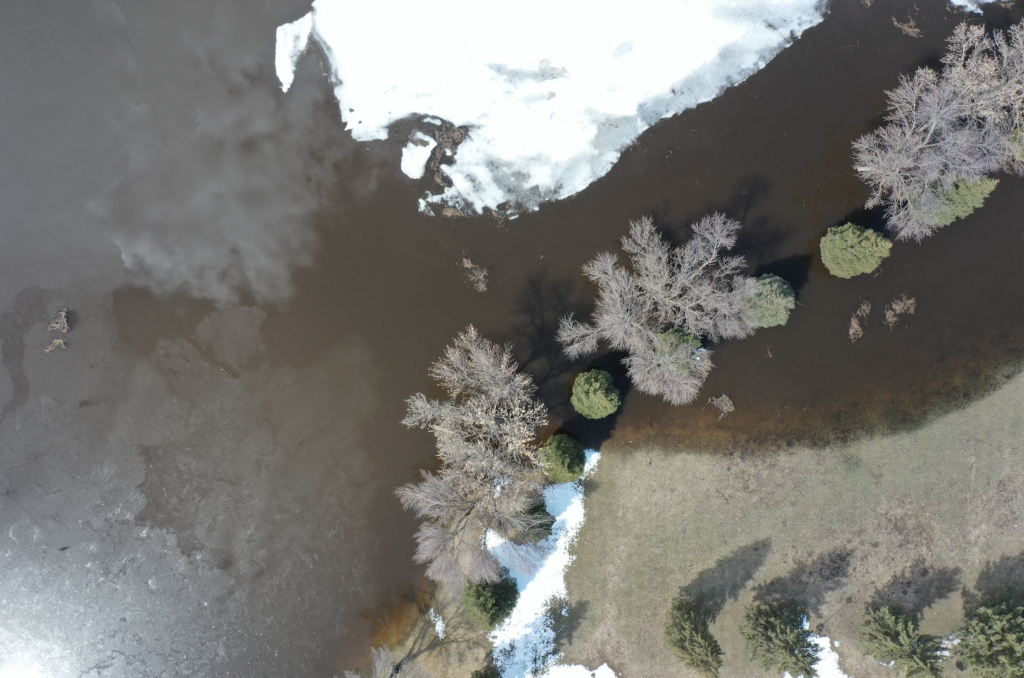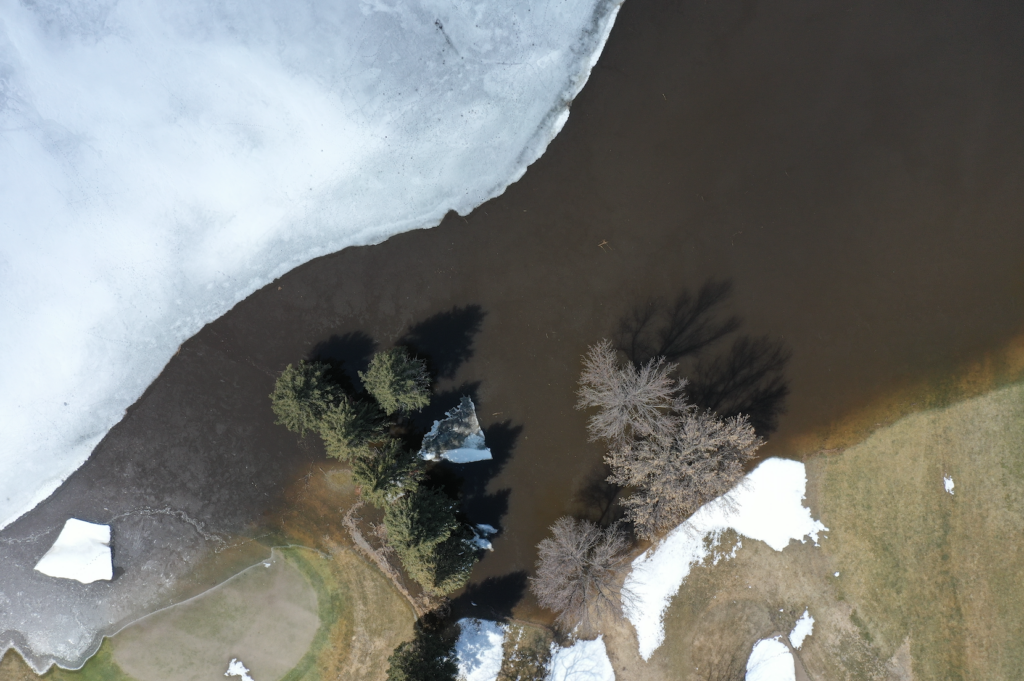North Dakota: The Silicon Valley of Drone Innovation


North Dakota is ideal for the development of uncrewed aircraft systems (UAS) or drones because of the state’s low population and its heavy focus on agriculture and energy. (Photo: North Dakota Department of Commerce)
In a conversation with Avionics International, Josh Teigen, the Department of Commerce Commissioner for North Dakota, and Frank Matus, Director of Digital Aviation Solutions for Thales Group, talked about how the state is enabling innovations in drone technology.
North Dakota’s plans to become the epicenter in the U.S. for uncrewed aircraft systems (UAS) began about 10 years ago, according to Teigen. Two key advantages of the state are its low population and its heavy focus on agriculture and energy—spaces where drones can bring significant value.
Over the past decade, North Dakota has made more than $100 million in investments into UAS technology—both for the airspace and for ground infrastructure. “We have the first UAS business park—1.2 million square feet of hangar space that’s growing every day,” he said. The business and aviation park, called Grand Sky, is used to conduct autonomous drone operations and to develop the necessary ground infrastructure.
Teigen described beyond visual line of sight, or BVLOS, operations as the “first frontier” of UAS development. “If someone’s looking to commercialize technology, they have to come here—this is the first place that you have that ability. In the future, we see [potential for] things like cross-border operations, both state borders and national borders, and being the hub for intellectual property development.”

Jim Richter, Surveyor, City of Grand Forks, North Dakota (pictured left) with Jeff Richards, ATM Operations Expert, Thales (pictured right) (Photo: Thales and Grand Sky)
Thales was initially selected as a systems integrator partner in Sept. 2021 for Vantis, North Dakota’s statewide UAS network. “Thales is involved in aerospace projects all over the place—160 different countries around the world,” Frank Matus mentioned. “We’ve been very conscious to not get away from the prescriptive methodology of aviation safety and the culture that surrounds that with the FAA.”
He noted that in the last year alone, Thales has gotten more than 30 regulatory approvals through its work with the FAA, including several approvals for its partner companies that utilize the Vantis network or the Northern Plains UAS Test Site in Grand Sky.
“We have a Mission and Network Operations Center [MNOC], where we oversee operations. We provide the operators in the field with a remote display so they have some situational awareness of the airspace system. All that resonates well with the FAA. If you look at other states and other other projects that are being done by either test sites or third-party companies, there’s not the level of rigor or focus on infrastructure to supplement the human that’s out flying the operations.”
Matus added that it’s not simply a matter of advancing the technology. “The technology’s there today, but it’s really [about] building up the safety case, looking at local rules, regulations, community acceptance,” he said. “It’s the whole policy nature of what goes into this that I think North Dakota does better than any other place in the world.”

In North Dakota, Thales and the Northern Plains UAS Test Site are developing and assisting local government in the use of UAS for public safety training and natural disaster mitigation, such as flooding. (Photos: Thales and Grand Sky)

Each spring, there is snow melt and flood activity; the Red River is notorious for overflowing and reaching flood stage. North Dakota has done a great job in flood mitigation work over the last last two decades. Now we’re starting to see that the investments that are made in technology like the Vantis program are really helping to transform how we’re managing public safety and natural disaster response.
This year for the first time, we came together to figure out how to use the network for flood mitigation. We started early once the snow started to melt, watching the rising floodwaters. We came up with several areas that were high-risk areas for flooding, and we actually put drones there.
We were a little bit more proactive this year so we could prepare where we needed to put first responder capabilities or even just monitor the waters that are rising. Using drones on a daily basis to go out and do aerial photography and LIDAR mapping, and getting that in the hands of decision-makers for those sorts of relief activities was critical. We learned a lot more that will help us prepare for next year and the years to come. – Frank Matus
Commissioner Teigen remarked that there is currently a competition amongst states for both capital and talent. Regulatory policy and fiscal policy are at the core of encouraging capital and talent, especially when it comes to UAS. “North Dakota has built a regulatory framework that I think is second to none in terms of the ability to do something new, to do something unconventional,” he said.
To enable investment in UAS or other sectors requires two “layers” of policy, he added. “One is ‘business friendliness.’ Can you do something outside the box? I think we’ve done a great job of that.”
The second layer includes tax policy. “We actually just passed new tax reform, bringing tax rates down even further to the point where it’s really economical to do business in North Dakota,” Teigen shared. “We also have the only state-owned bank in the entire nation—the Bank of North Dakota exists for the sole purpose of economic development.”
Frank Matus of Thales shared that his team’s priority is to continue to demonstrate that Vantis is the ideal pathway for BVLOS approvals for all states, not just North Dakota. “Our number one priority is to our investors—in this case, in North Dakota, it’s the legislators that put the confidence in this project over several other competing projects, knowing that it is so transformative to the economy of the state to diversify.”
“We’ll continue to try and differentiate between traditional aviation and UAS integration,” Matus stated. “This becomes more of a community challenge. The acceptance and adoption rate will be based on what our communities want, and this will not be done at a federal level to impose a framework on states to do this. We think we’ve got the right model in place.”
The post North Dakota: The Silicon Valley of Drone Innovation appeared first on Avionics International.
—————
Boost Internet Speed–
Free Business Hosting–
Free Email Account–
Dropcatch–
Free Secure Email–
Secure Email–
Cheap VOIP Calls–
Free Hosting–
Boost Inflight Wifi–
Premium Domains–
Free Domains





